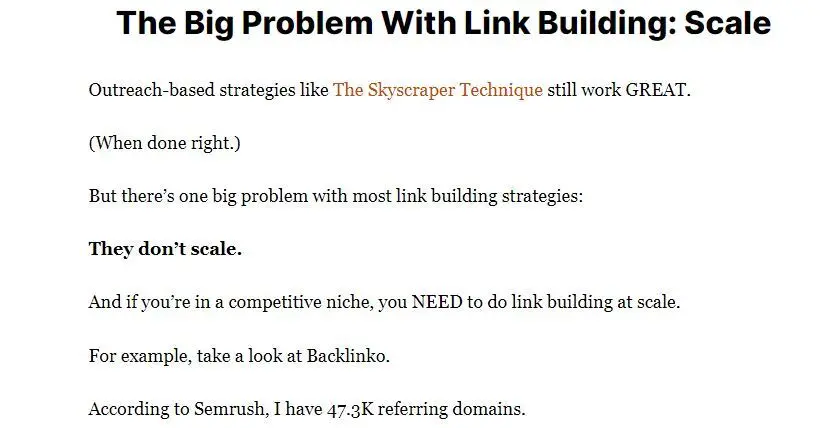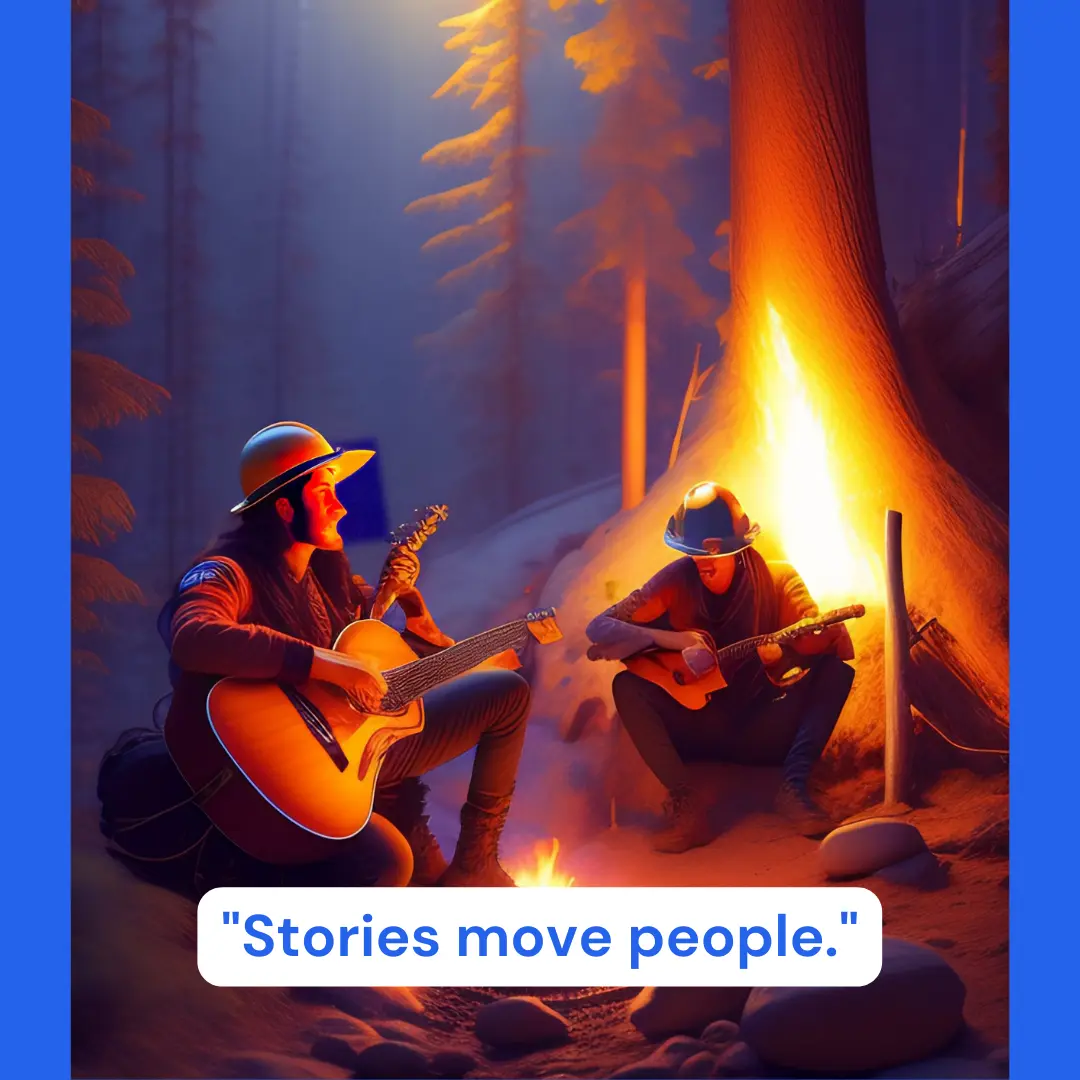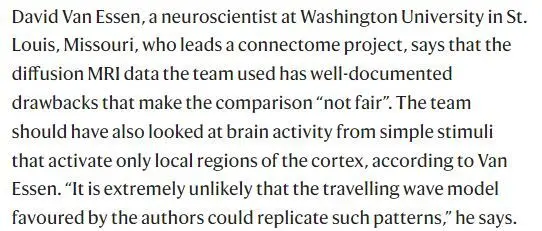Do you want to reduce the bounce rate on your website? What can a high bounce rate do?
Suppose most of your users abandon your website after one page.
In that case, you won’t have the chance to convert them into subscribers or customers.
It can harm your search ranking too.
In this post, I’ll share 12 tips to reduce your website’s bounce rates by at least 20% and 4X your conversion rate.
What is Bounce Rate?
It’s the percentage of people who visit the site and then leave after checking out only one page. Like, they don’t click on any links or do anything else.

It’s a way to see how well a website engages its visitors.
If the bounce rate is high, the site usually has design, content, or user experience issues.
And that’s not good because it can hurt the site’s search engine ranking and the overall goal of your business.
What’s a Good Bounce Rate?
What is a reasonable bounce rate?
- 26-40% is optimal
- 40-70% is average
- 70-90% is poor
- 90%+ is very poor
Bounce rate varies across industries, your content type, and even the device used.
How to Reduce the Bounce Rate?
Once you have found which pages on your site have the highest bounce rate, it’s time to reduce the bounce rate.
The key to improving the bounce rate is identifying why visitors are bouncing.
Some of the Reasons your visitors bounce from your website -
- The visitor didn’t find what they were looking for.
- The visitor did find what they were looking for but didn’t know what else to do, so they just left.
- The website is hard to use.
- The website loads slower than an old tortoise. Now, Let’s look at the solutions.
Improve Your Content
Your target audience might leave your website because of poorly created content,
Good User experience begins when your content solves your audience’s problem like no one else.
Remember, Like No-one-else!
Format your content in a logical way that’s easy to skim and understand each topic and its subtopics.
Use bullets to explain points worth noting. Bullet points are the easiest to consume.
Ask questions in your content to encourage readers to participate instead of just reading.
Add visuals that’ll help your audience.
Add Videos. People love videos more than anything.
Don’t write content like building China walls.

Leave space. Let the digital airflow inside your content.
Content consumption becomes easier when you leave space between each sentence.
Look at the below content; that’s how it should be.

Avoid annoying Popups.
Among website owners and marketers, it is a debated topic whether to use popups or avoid them.

Using popups is okay. Using popups that annoy your reader is not okay.
When will your popups annoy your reader?
- Cover the website’s content, making it difficult to read or navigate.
- Appear immediately after landing on the website, before the reader can engage with the content.
- It cannot be quickly closed or require multiple clicks to dismiss.
- Are irrelevant to the content of the website or the reader’s interests.
- Are frequent or appear repeatedly on the same page or on multiple pages.
How to use popups that won’t annoy your reader?
Use relevant content: Make sure that the content in your popup is relevant to the page the user is viewing.
This will make it more likely that they will be interested in what you offer. For example, if a reader is exploring the Zomu hops used in brewing, presenting a beer that features Zomu hops will make them more inclined to make a purchase.
Keep it short and sweet: People are busy and don’t have time to read long, drawn-out popups.
Get to the point quickly and clearly explain what you are offering.
Offer something valuable: To get people to sign up for your email list or take any other action, you must offer them something useful.
This could be a free ebook, a discount code, or early access to new products or services.
Make it easy to close: Make sure that there is an easy way for users to close the popup if they are not interested.
This will help reduce the number of people annoyed by your popups.
Use a delay: Don’t show the popup immediately after the user lands on your page. Instead, wait a few seconds or even minutes.
This will give them a chance to browse your content and decide if they are actually interested in what you have to offer.
Use exit intent: This type of popup only shows up when the user is about to leave your site.
This is a great way to capture their attention and convince them to stay.
Target your audience: You can target a specific audience to show particular popups.
Which increases the relevancy and won’t annoy your readers.
For example, You can use Optinly to show popups to people from Facebook or LinkedIn. Or, You can show popups to people from a specific timezone or country.
Try it out: Use Optinly for free now.
A/B test your popups: Once you have created a few different popups, push them to see which performs best.
This will help you to optimize your campaigns and get the most out of your popups.
Use a good popup plugin: Many great plugins can help you create and manage your popups. These plugins can help you target your popups, track their performance, and more.
Read & Know more here,
Get advice from your audience: Ask your customers what they think of your popups. This will help you to use popups that won’t steam your audience’s head.
Create Compelling CTAs
70% of small-business websites lack CTA buttons, so they have a high bounce rate and a low conversion rate.
Because clear CTA’s will navigate your readers to take the next step. If they are interested in downloading your lead magnet,
Showing compelling CTA at the front and center help’s them do what they want.
Read more:The best way to write your CTA.
Improve Your Storytelling Technique

Storytelling will move the minds of your target audience.
Remember, People are wired to love and get influenced by good stories.
Read this: The Science of the Story.
Storytelling can bring your brand to life.
Read this: How to tell a story?
Keep your blogs fresh and relevant to the current situation.
Google love refreshed blogs.
As that’ll help people get the most relevant content.
People may expect to get answers from your blog when they land on it, But if your blog has non-updated information,
They’ll say, “Really? It’s Old.”
And they “Shwoom!” Bounce from your page.
The best thing is, Keep on updating your blogs monthly wise with relevant and current information.
That way, You can make Google smile at you, + Your audience won’t show frowned face.
Write keyword-relevant content.
By aligning your content with the keywords your audience searches for, Visitors find what they are looking for. When your content is keyword optimized.
If people don’t find what they are looking for in your content,
Will they stay longer?
Not even if the dinosaurs walk on the road.
Writing keyword-relevant content is so easy nowadays.
- Decide on which keyword you want to create content.
- Go to Google and paste the keyword you want to create content and search.
- Analyze the top result content for that keyword. Is it a Listicles post? How to content? Note down the type of content that fills up the result.
- Use the Google ad’s keyword research tool (It’s Free).
- Put one of the blog links you picked from the search result into the discover new keywords tool inside the Google ads.
- Click enter.
- Get the top keywords inside that blog.
- Use that keyword to create your content.
- Ensure the content you create is better than what you saw in the search results.
The simple concept is “Copy the exact type of content you find in the search result for the keyword you searched, and make it better.”
Content relevant to the target audience.
If you want someone to land on your website, It must be your target audience.
Before writing any content, You must always take time and little effort to know and write down for whom you are writing the content.
What kind of problem does your content solve for them? Does your content satisfy their desire?
That’s why Joe Pulizzi, One of the top thought leaders in content marketing, says, “Have a content mission statement that’ll help you focus your content to the outcome your target audience desires to have.”
Creating a content mission statement involves defining the purpose of your content, who it’s for, and what value it delivers to your audience.
Follow these simple steps to craft an effective content mission statement:
- Define your target audience: No explanation is needed.
- Identify their problems or challenges: Determine your target audience’s issues, their pain points, and what they want to achieve. Is it sales? Audience building? Awareness? Find it.
- Determine the value you provide: Clearly outline the unique value your content offers to address the needs and challenges of your target audience.
- Clarify your content purpose: Determine the overarching goal of your content – whether it’s to inform, entertain, educate, or inspire your audience.
- Write your mission statement: Combine the information from steps 1-4 into a concise, clear message that outlines the purpose of your content, your target audience, and the value you will provide.
Keep it short and specific, ideally no longer than two sentences.
Here’s an example of a content mission statement:
“Our content is designed to educate and empower small business owners (target audience) by providing them with practical insights and step-by-step guidance (value) to help them overcome common entrepreneurial challenges (purpose).”
Meta Descriptions.
When potential visitors type a keyword into Google search, any word that matches the search term is bolded to differentiate it from the other results and to tell the searcher to consider that result.

*See the highlighted one.
Search engines use meta descriptions to display a snippet of your web page so that visitors can understand whether a particular search result is relevant to them just by reading the description.
The meta description helps people recognize that your content has relevant information they’re searching for, So they’ll come to your website and stays longer to consume the content.
Bounce rate? Reduced.
Improve Page Speed
How important is web page speed to visitors?
Visitors expect a web page to load in two seconds or less.
The slower your website is, the higher your bounce rate will be.
People can wait hours to eat lunch.
But they can’t wait for a slow-loading website.
If the loading speed is less than 4 seconds, I can guarantee the bounce rate will break the roof.
External links in the same tab.
Opening external links in the same tab creates back-button fatigue for visitors.
Typical User, “Ahh, How many time I need to press back, I don’t even know how many tabs I’ve opened. This is annoying!”
This means every time a visitor clicks a link to an external page, he or she has to click the back button to return to your website.
This is time-consuming and frustrating and will increase the bounce rate.
The best suggestion is to open the external link in the new tab.
Make your website responsive.
Is your website responsive?
When your target audience visits your website on smartphones and other devices, will it display perfectly?
Stat: 91.04% of people in this world are mobile users.
Read more: How to create responsive website?
Check your website content readability.
People read your content to solve their problems.
If the content is hard to read, Do you think your audience will stay longer?
Not a chance.

*If people can’t get at first glance, They won’t read it. Your content must be easy to skim.
According to the blogging statistics from Ahrefs, “73% of people admit to skimming blog posts, while 27% consume posts thoroughly (HubSpot).”
How to write an easy-to-skim blog post?
- Choose a catchy and informative title.
- Divide content into subheadings.
- Use bullet points or numbered lists.
- Use short paragraphs and concise sentences.
- Bold or italicize keywords and phrases.
- Use images, charts, or infographics for visual interest.
- Add white space to avoid clutter.
- Use internal links and external resources.
- Utilize a simple and legible font.
- Include a summary or conclusion at the end.
If your content is not easy to read, People can’t skim. If they can’t skim, They’ll leave your website.
Use a simple tool like “Hemingway” to check the readability and edit it further.
Or the best?
Paste your content in the ChatGPT and use this prompt to rewrite the content into more readable.
Prompt: “Read the above content and increase its readability plus, show me the readability score of your output after finishing.”
After the output, If you don’t like the result: Just say, “Simplify it further.”
A/B test your pages.
Testing different versions of your pages, for example, The Landing or Blog pages.
You can find out what works best for your audience, making them stay on your site longer.
Here are a few ways that A/B testing can help to reduce your bounce rate:
Test different headlines: The headline is one of the most essential elements of any page, as it’s the first thing visitors see.
By testing headlines, you can find the one likely to grab your audience’s attention and encourage them to read more.
Test different visuals: Images can be a great way to break up text and make your pages more visually appealing.
By testing different visuals, you can find ones more likely to capture your audience’s attention and keep them engaged.
Test different layouts: The layout of your pages can significantly impact how visitors interact with them.
By testing different layouts, you can find one that is easier to navigate and encourages visitors to explore your site further.
Test different calls to action: A call to action (CTA) is a button or link that encourages visitors to take a specific action, such as signing up for your email list or purchasing.
By testing different CTAs, you can find one more likely to get visitors to act.
There’s no one-for-all answer in marketing.
You need to test, test, and keep on testing.
Read More: Do free A/B test with Google Optimize.
Internal linking to keep the audience engaged.
Having a well-organized internal linking structure helps keep visitors engaged on your website.
However, avoid overstuffing content with links, as it may hurt readability and appear unprofessional.
Instead, focus on the following:
- Make internal links relevant to the content they appear in, like the below image.

*Like this one. Relevant to the content it’s in.
- Linking to valuable and related posts on your site that can provide additional information.
- Choose keyword-relevant anchor text to link your internal website content.

*Bounce-rate is a keyword here, and it’s linked right.
Remember this,
Remember that your website visitors are searching for solutions and results.
They will bounce instantly if your website does not give them the required answer in the best user experience way.


